I dove into Hylics knowing I’d find something unusual, but I didn’t expect the full blast of creativity that developer-publisher Mason Lindroth delivers in this 2015 Flash-based JRPG homage. As PlayerProX, I approach every title with a mix of deep analysis and hands-on strategy testing, and Hylics proved equal parts rewarding and confounding. Here’s how it fared in my book—and why I think it’s worth your time, even if it falls short in a few places.
Overall Impressions
What immediately stands out in Hylics is its pure commitment to the bizarre. Lindroth meshes oddball claylike visuals with classical turn-based combat and a barely linear narrative. Compared to mainstream JRPGs, Hylics is shorter, more experimental and delivers its hooks in brief, uncanny bursts. It shines brightest when you embrace its oddness—rejecting order in favor of discovery. Where it falls flat is in pacing: the game clocks in around three to four hours, and the story leaves plenty of threads dangling. Still, I respect its brevity. It offers a unique palate cleanser between heavier RPG fare.
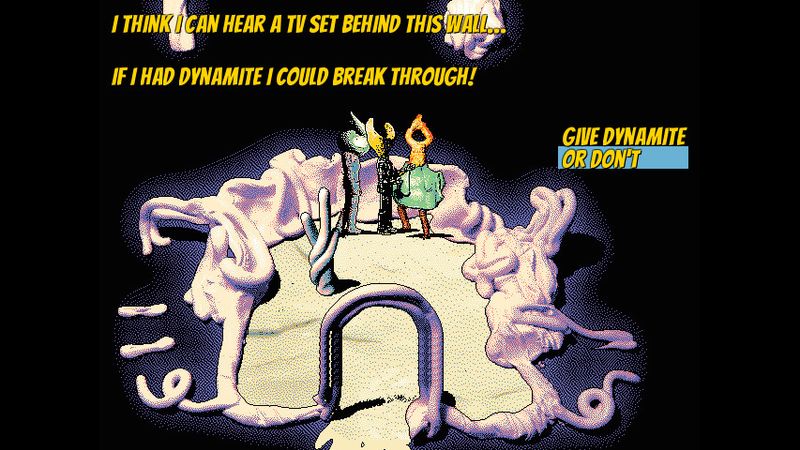
Gameplay Mechanics
At its core, Hylics uses menu-driven combat reminiscent of early ’90s RPGs. You pick attack, magic, or item, watch the clay figures come alive, then await the foe’s move. Uniquely, Lindroth swaps MP for “max MP” and requires text-string inputs like “GLABB” and “ULTRAPOLIS” to cast stronger spells. Although there’s a learning curve, recruiting your first party member in the North Crater delivers a tangible power boost and smoother progression.
Additionally, Hylics eliminates random encounters by showing enemies on the map, so you choose when to fight or avoid battles. Each encounter tends to last under a minute, keeping pacing tight and engaging. My standout moment arrived with a full-screen spell against a boss, where Lindroth’s cut-out world shattered into pieces. That dramatic effect felt like a modern limit break, blending nostalgia with innovative visual flair.
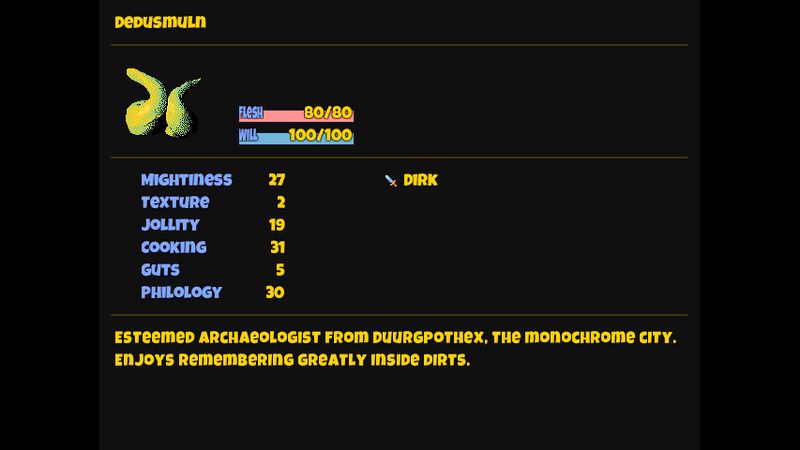
Story and Characters
Hylics opens with your hero waking up on a rock in a barren land ruled by the grotesque Gibby King. You’re urged to gather three keys scattered across bizarre biomes, rescue NPCs and ultimately face that king. The story is so stripped of exposition that it reads like a fever dream. Characters speak in shredded prose; it’s left to you to piece together motives and relationships. Some will find this alienating, but I view it as part of the experience. The NPC you rescue at the Noom Zone, for instance, doesn’t explain their past or their goals—they just join your party, and together you press on. In a genre often heavy with dialogue, Hylics dares to be silent. Whether that makes each party member memorable is up for debate. For me, the mystery of who—or what—these figures really are kept me engaged.
Visuals and Graphics
This is where Hylics earns its strongest applause. Mason Lindroth crafted every asset by hand, blending pixel art with stop-motion clay and collage. The result is a world that feels like flicked-through art-school slides. Every screen is dense with texture and abstract shapes. The world map looks like torn paper pasted on a sketchbook, and character animations have the rough charm of a student film. You won’t mistake Hylics for a AAA title, but you will remember it. That artistry builds an atmosphere of creative chaos. It’s proving ground for what indie visuals can achieve when freed from strict polish.
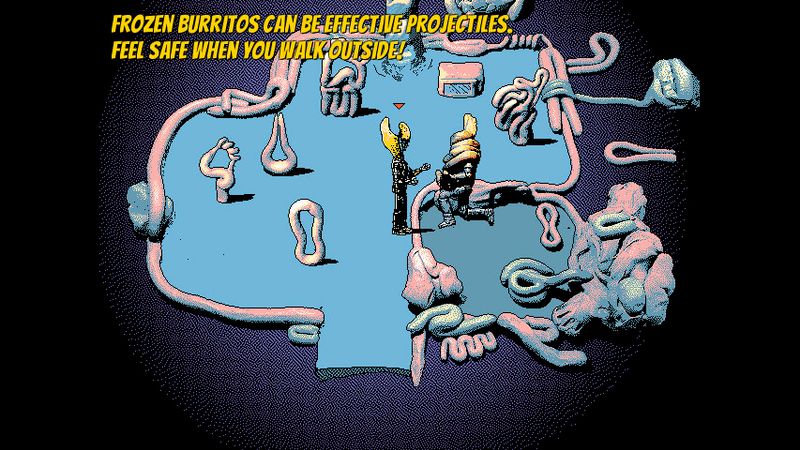
Sound and Music
The soundtrack is another highlight. Lindroth composed glitchy, electronic beats that bounce between relaxing and abrasive. You’ll hear jazzy synths in safe areas, warped percussion in battle, and strangely soothing chimes in the desert. Sound effects are equally off-kilter—attacks clang with metallic echoes, spells hiss in reverse-sampled loops. There’s no voice acting, which matches the minimal text. Overall, I found the audio to be immersive and essential to the game’s tone. It never felt overbearing, and it reinforced the experimental vibe at every turn.
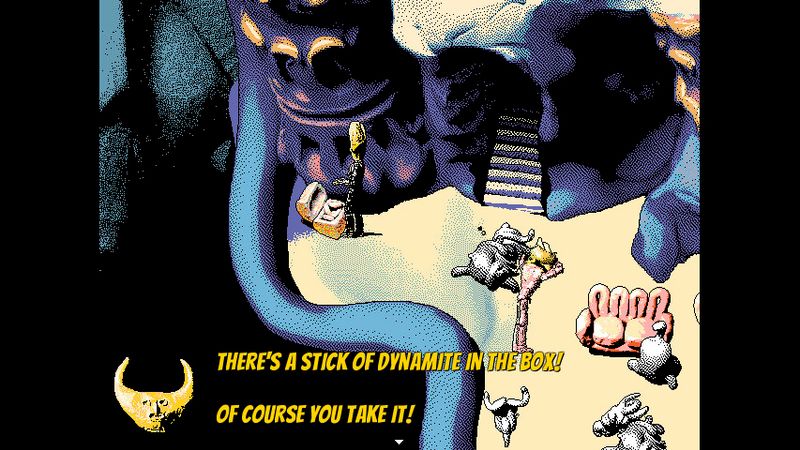
Difficulty and Replayability
Hylics leans toward the easy-to-moderate side. If you recruit party members early and invest in maxing out your MP pool, most encounters pose little threat. The final boss delivers a spike in challenge, but it’s more about memorizing spell strings than deep strategy. Hardcore players looking for a lengthy, punishing grind won’t find it here. On the flipside, that makes Hylics accessible to new players curious about unconventional design. Replay value is limited by its short length and linear progression. Once you’ve unlocked all key spells and explored every region, there’s little left to discover—though I admit I’ve returned to admire the visuals and re-listen to the soundtrack.
Trivia and Behind-the-Scenes
A quick bit of trivia: Lindroth began Hylics as a college art experiment, pouring months into hand-drawing backgrounds and building clay models. He taught himself Flash scripting to integrate those assets into a playable engine. The game’s sequel, Hylics 2, doubles down on these techniques, proving Lindroth’s commitment to DIY artistry. Discovering that backstory made me appreciate the game’s quirks all the more.
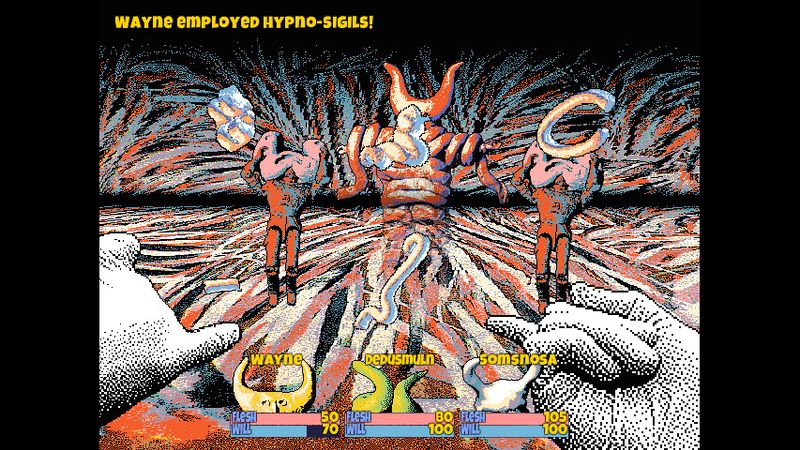
Final Thoughts
Hylics is an uncompromising slice of experimental JRPG. It pairs a short, dreamlike journey with handcrafted visuals and an offbeat soundtrack. Fans of traditional RPGs may find it too minimal in story and strategy, while art enthusiasts and players seeking novelty will delight in its quirks. As PlayerProX, I applaud its ambition and its willingness to break the mold—just don’t expect the deep systems or length of a Final Fantasy or Chrono Trigger.
Rating: 4 out of 5 stars
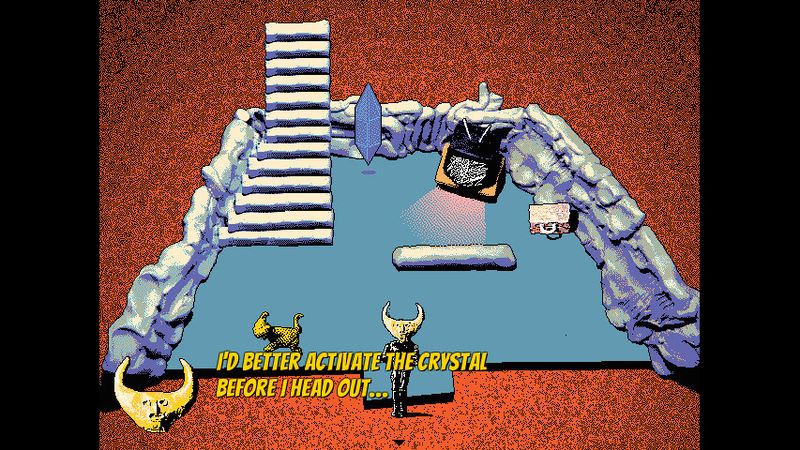
Hylics is undeniably memorable, but its brevity and abstract narrative hold it back from universal appeal. For a passionate, one-evening RPG experience that teaches you to embrace the strange, it’s a must-play.

